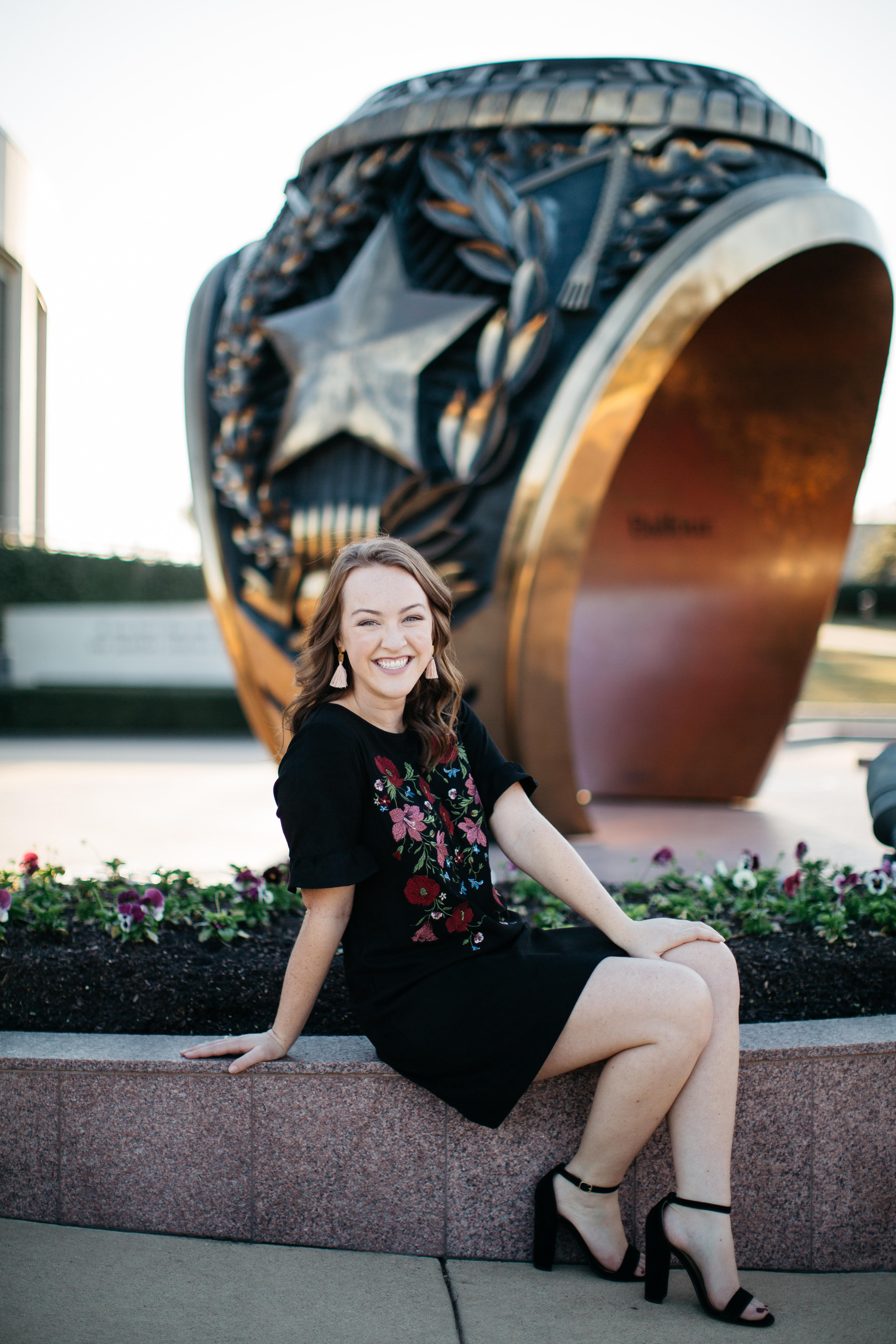 Hannah Wimberly ’17
Hannah Wimberly ’17
Tensions ran high at the Wimberly household on election night. For months, twin sisters Claire ’17 and Hannah ’17 treated their family home as campaign headquarters for their respective senior class president and student body president races, and now the moment of truth was at hand for both. “I think our mom was sick to her stomach that night,” Hannah said, “because there were a lot of different ways the results could have gone.”
To their mother’s elation, the final results declared victory for both sisters. Claire and Hannah celebrated each other’s wins, and Texas A&M celebrated a historic milestone. A few weeks prior to election night, Cecille Sorio ’17 became Corps commander. For the first time in Texas A&M history, women held all three top leadership positions in student government.
Though Hannah was proud of her part in that milestone, she wanted students to judge her first by her ability to lead. “While campaigning, I told people, ‘Don’t vote for me just because I’m a woman; vote for me because I’m a woman who has the experience for this position,’” she explained. She did not fully appreciate the moment, she said, until a photoshoot with Claire and Sorio commemorating the landmark occasion. A passerby asked what the shoot was for, and the photographer simply explained that it was “for the history books.”
As Hannah utilizes the interpersonal skills she developed in student government to excel in the business world, she remains ever grateful for the unique mark she left on Aggieland. “I had the opportunity to interact with more students than I ever would have otherwise,” she said. “Representing the Aggie student body was the greatest honor of my life.”
The Texas A&M Student Government Association (SGA) provides unique opportunities for students to build relationships, enhance leadership skills, become civically engaged, maximize their college experiences, and develop the six Aggie core values. Learn how you can support Texas A&M SGA by contacting Megan Pulliam '09, director of development for the Division of Student Affairs, using the form below.